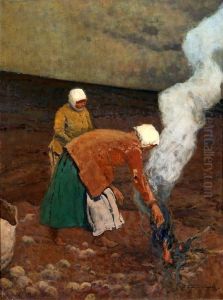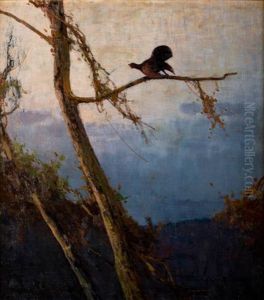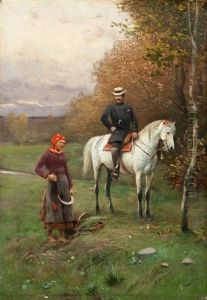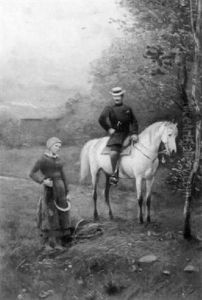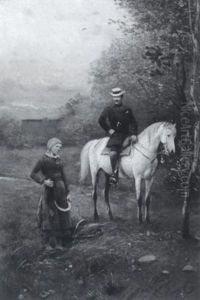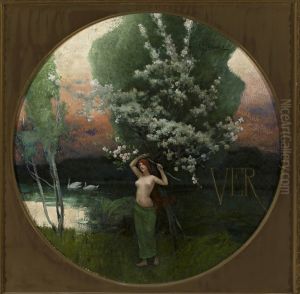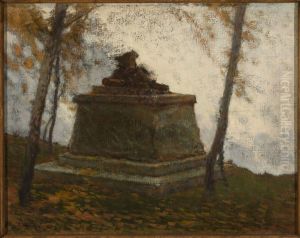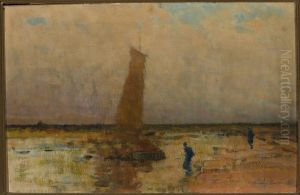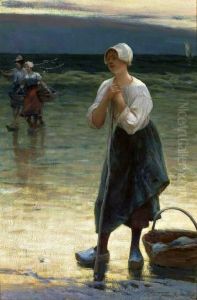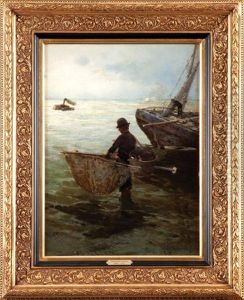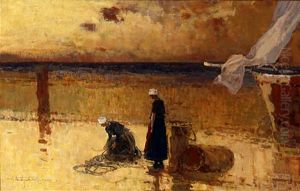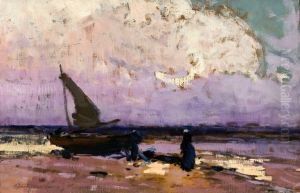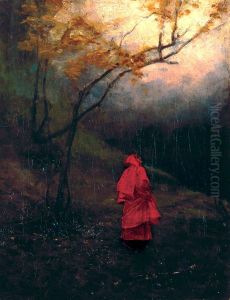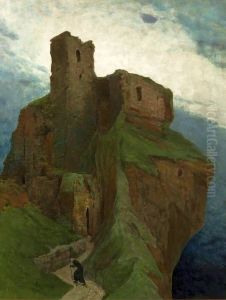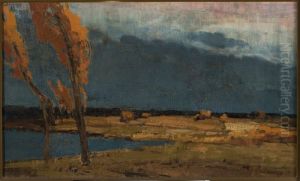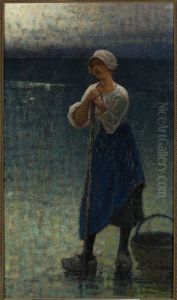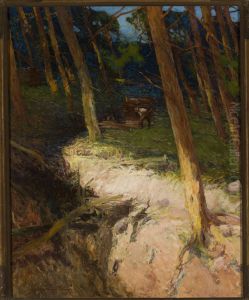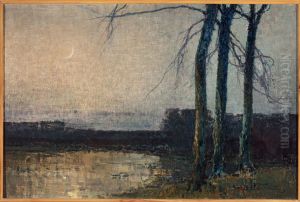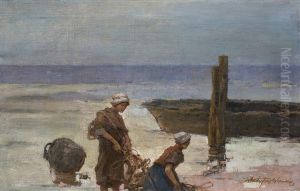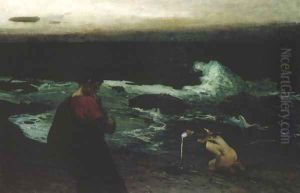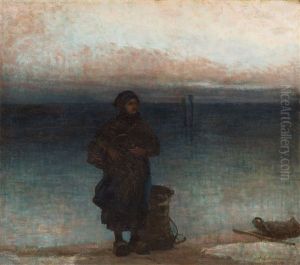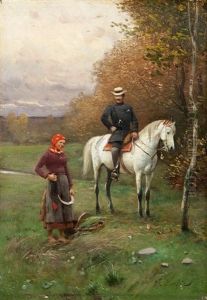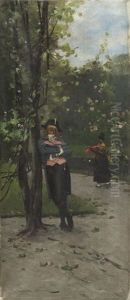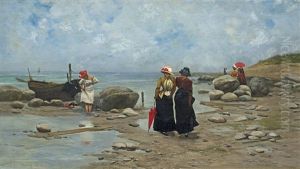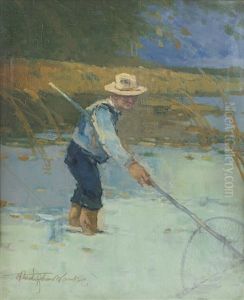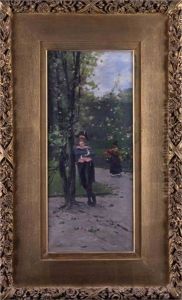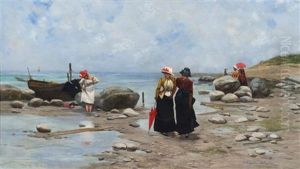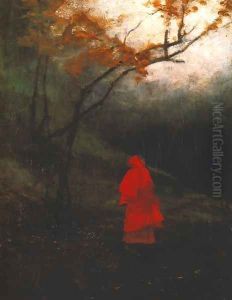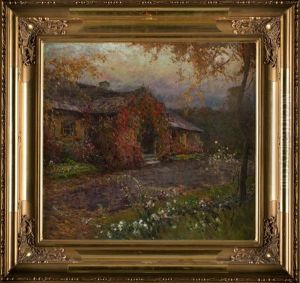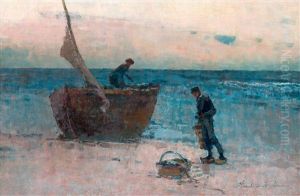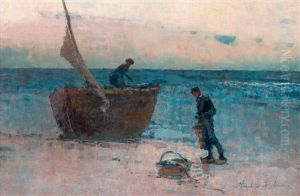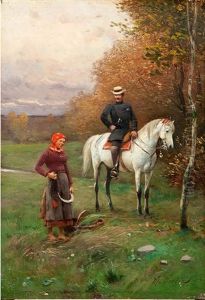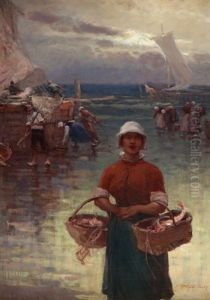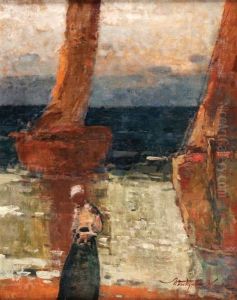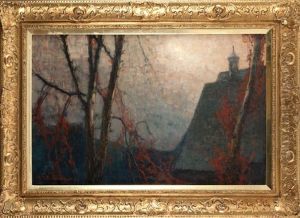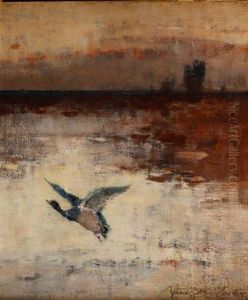Wladyslaw Wankie Paintings
Władysław Wankie, born in 1860 in Warsaw, then part of the Russian Empire, was a Polish artist renowned for his landscape paintings that often depicted the beauty of Poland's countryside and natural scenes. Wankie initially trained at the Warsaw School of Drawing before moving on to further his education at the renowned Academy of Fine Arts in Munich, Germany, which was a popular destination for Polish artists in the late 19th century. During his time in Munich, he was influenced by the prevailing realistic and naturalistic artistic movements.
Aside from his time in Germany, Wankie also traveled to other parts of Europe, including Italy, which allowed him to experience a variety of artistic styles and techniques. Despite these influences, Wankie remained deeply connected to the landscapes of his homeland, and these became the central theme of his artistic work. His paintings often featured the Tatra Mountains, the landscapes of the Podhale region, and rural areas around Kraków and Warsaw. Through his work, Wankie played a role in the Polish struggle for cultural identity during a period when the nation was partitioned between three empires.
After returning to Poland, Wankie became an active member of the Warsaw artistic community, contributing to the development of the local art scene. His works were widely exhibited and garnered recognition for their contribution to Polish landscape painting. Wankie's commitment to capturing the Polish spirit through art made him a popular figure among those who valued national identity and cultural heritage, and his paintings were celebrated for their atmospheric depiction of light and mood.
Władysław Wankie passed away in 1925, leaving behind a legacy as one of Poland's distinguished landscape painters. His artwork continues to be appreciated for its emotional depth and its portrayal of Poland's natural beauty. Today, Wankie's paintings can be found in various art galleries and collections in Poland and abroad, serving as a testament to his skill and his devotion to the Polish landscape.
